bonsai in the ground
shuli_grower
13 years ago
Related Stories

ARTThe Beauty of Bonsai — Living Art, Rooted in Harmony
Create your own emblem of nature's balance with an art form dating back 1,000 years
Full Story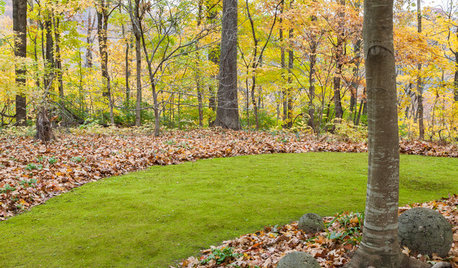
LANDSCAPE DESIGNMoss: Nature’s Carpet for the Garden
Learn how to grow and use this ancient and mysterious natural wonder for delightful texture in the landscape
Full Story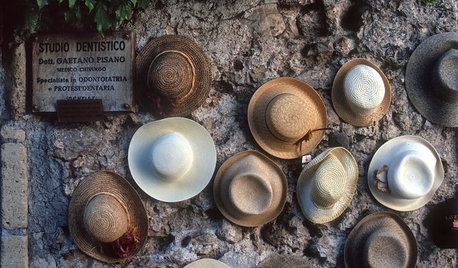
COLORNature’s Color Wisdom: Lessons on Earth Tones From the Great Outdoors
Look to the land for hues that are grounding, soothing and endlessly versatile
Full Story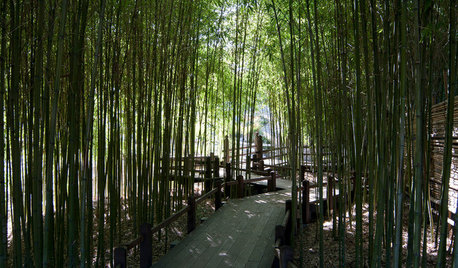
INSPIRING GARDENSStroll Through a Magnificent Japanese Garden, Newly Renovated
Get a glimpse of the Huntington's Japanese Garden today along with its storied past in a glossy new book
Full Story
SIDE YARD IDEASNarrow Trees for Tight Garden Spaces
Boost interest in a side yard or another space-challenged area with the fragrance and color of these columnar trees
Full Story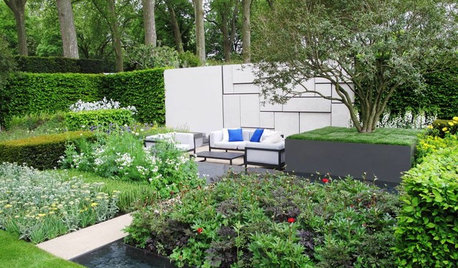
GARDENING GUIDESSee Winning Gardens From the 2015 Chelsea Flower Show
The popular annual London event showcases the best in garden design. Get inspired by these 2015 gold-medal winners
Full Story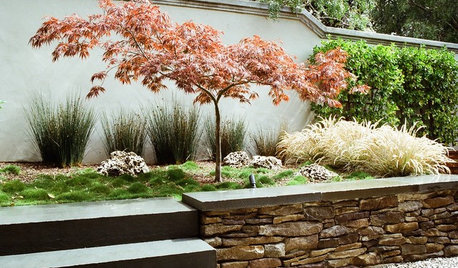
GARDENING AND LANDSCAPINGGreat Design Tree: Japanese Maple
Lacy form and fiery fall color make Japanese maple a welcome tree for garden or patio
Full Story
GARDENING GUIDESDesigning With Conifers: Find the Perfect Fit for Your Landscape
Conifers range from fairy-garden size to 70 feet tall. Here’s how to decifer the plant tag for the perfect long-term fit in your garden
Full Story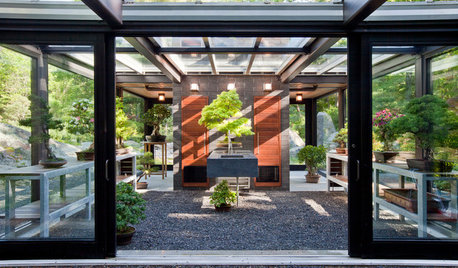
OUTBUILDINGSModern Masters Inspire a Glass Garden House
Distilled down to structural steel and glass, this greenhouse and tearoom in Massachusetts is tops in elegance
Full Story
GARDENING GUIDESGarden Myths to Debunk as You Dig This Fall and Rest Over Winter
Termites hate wood mulch, don’t amend soil for trees, avoid gravel in planters — and more nuggets of garden wisdom
Full Story







tapla (mid-Michigan, USDA z5b-6a)
shuli_growerOriginal Author
Related Professionals
Barrington Landscape Contractors · Cicero Landscape Contractors · Hoover Landscape Contractors · Mastic Beach Landscape Contractors · South Lyon Landscape Contractors · Tuscaloosa Landscape Contractors · Yukon Landscape Contractors · Camp Springs Landscape Contractors · Asheville Decks, Patios & Outdoor Enclosures · Crystal Lake Decks, Patios & Outdoor Enclosures · Green Bay Decks, Patios & Outdoor Enclosures · Hampton Bays Decks, Patios & Outdoor Enclosures · St. Louis Decks, Patios & Outdoor Enclosures · West Chester Decks, Patios & Outdoor Enclosures · Eustis Decks, Patios & Outdoor Enclosureshead_cutter
shuli_growerOriginal Author
tapla (mid-Michigan, USDA z5b-6a)
tapla (mid-Michigan, USDA z5b-6a)
greenman28 NorCal 7b/8a
shuli_growerOriginal Author
larke
tapla (mid-Michigan, USDA z5b-6a)
shuli_growerOriginal Author
tapla (mid-Michigan, USDA z5b-6a)